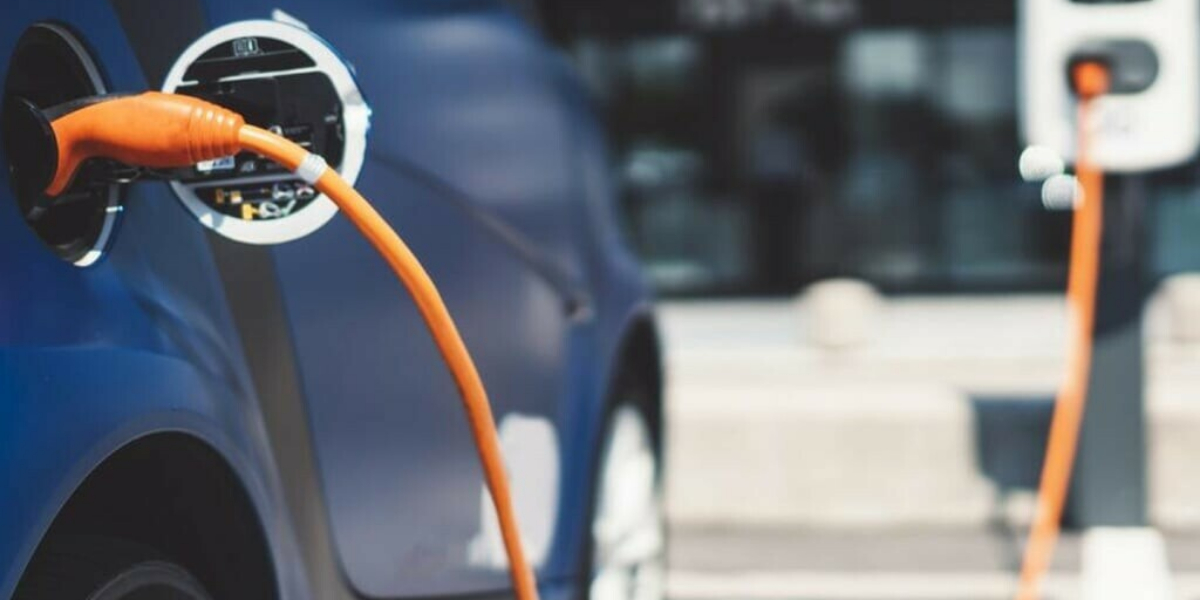New Zealanders who trade in their gas-guzzling automobile will receive financial assistance toward the purchase of a cleaner alternative, as part of Jacinda Ardern’s government’s climate change plans unveiled Monday.
The country’s first Emissions Reduction Plan, which cost approximately three billion New Zealand dollars (1.88 billion US dollars), specified spending for the next four years in order to help the country accomplish its objective of reducing carbon dioxide emissions to zero by 2050.
A “scrap and replace” pilot program will provide financial assistance to 2,500 low-income households who replace their gasoline or diesel-powered vehicle with electric or hybrid vehicles.
Transport Minister Michael Wood said the scheme’s details were yet to be finalized but he envisaged it would expand rapidly to include “tens of thousands” of New Zealanders.
He said the government’s ultimate goal was for less reliance on all cars by 2035 by getting people to switch to public transport or other alternatives.
Over the next four years, the government has set aside 650 million New Zealand dollars to assist in the reduction of fossil fuel consumption in the industrial sector.
There will also be an investment in agricultural technology development, which is seen as vital in an economy that is heavily reliant on agricultural exports.
Conservationists praised the timing of the expenditure, which came the same day scientists disclosed for the first time that they had discovered a mass bleaching of sea sponges in New Zealand seas.
The sponges in the generally frigid seas off Fiordland, in the country’s southwest, were devastated by an ocean heatwave, raising concerns about the influence of climate change on the region’s marine ecosystems.

















